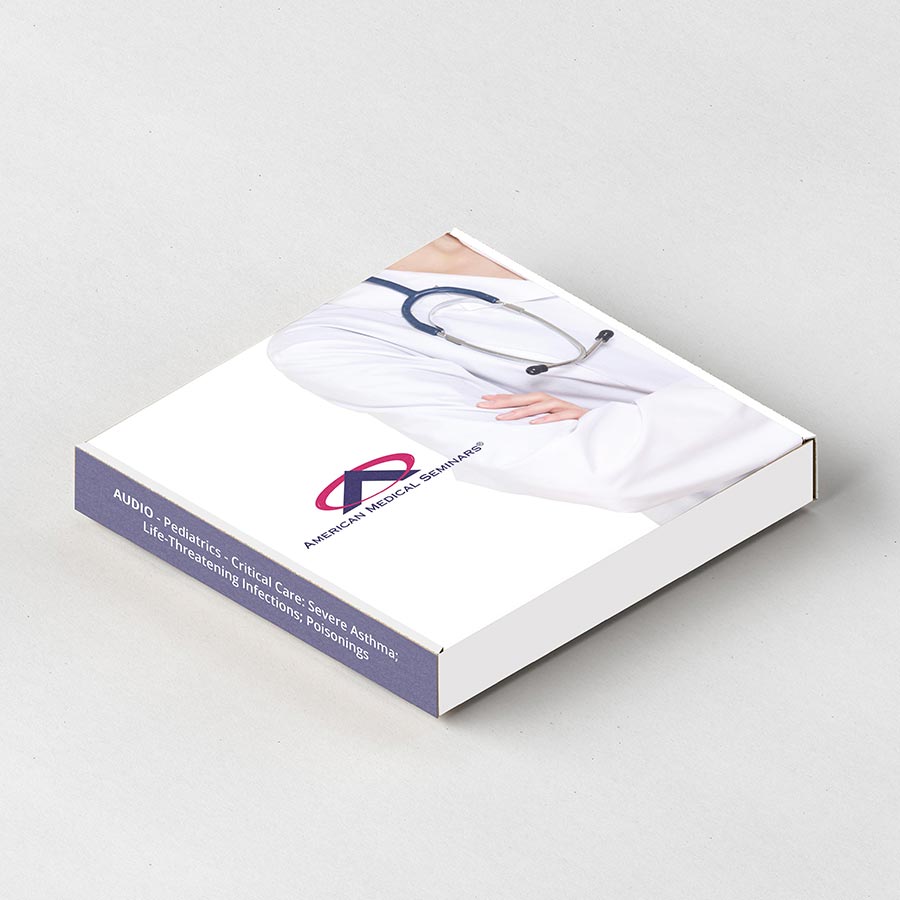Title: Pediatrics – Emergency Medicine: Foreign Bodies Ingested/Aspirated; Head Trauma; Septic Appearing Infant
Faculty: Rakesh D. Mistry, M.D., M.S., Richard J. Scarfone, M.D., F.A.A.P., Robert A. Belfer, M.D.
Original Release Date: July 1, 2018 Expiration Date: July 1, 2021
TOPIC 1: Ingested and Aspirated Foreign Bodies.
Upon completion of this session, the participant should be able to: COMP ^
- Distinguish the differences in clinical presentation between ingested and aspirated foreign bodies in children.
- Select appropriate imaging strategies for detection of ingested and aspirated foreign bodies, and subsequent indication for specialty consultation.
- Relate the most common complications associated with ingested and aspirated foreign bodies.
TOPIC 2: Let’s Use Our Heads: Head Trauma.
Upon completion of this session, the participant should be able to: GL, COMP
- Apply a decision rule generated from a multi-center study to manage head injured children.
- Manage children who have sustained concussions and apply guidelines from the International Conference on Concussions and other recent publications.
- Utilize imaging studies appropriately in the evaluation of head injured children.
TOPIC 3: The Septic Appearing Infant.
Upon completion of this session, using national Evidence Based Medicine sources including Cochrane Collaboration and published guidelines from sources including the American Academy of Pediatrics, the participant should be able to: EBM, GL, COMP
- Conclude that an infectious etiology is not the only cause of a “toxic” appearing child.
- Differentiate neurologic, hematologic, toxin, and cardiac causes of the ill child.
- The receipt for any incentive-associated purchase will designate the value of the gift card separately from the cost of the learning activity.
- This incentive may have implications on your tax reporting obligations. Any reimbursed amount must be declared as personal income for tax purposes.

